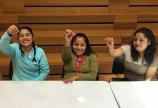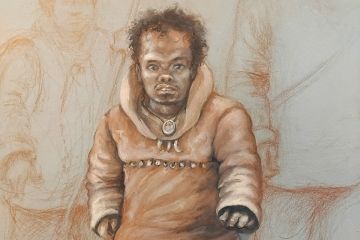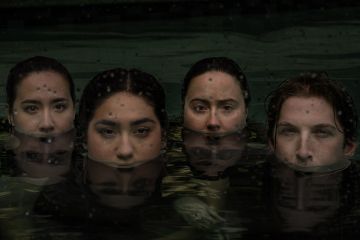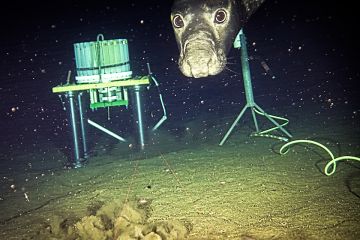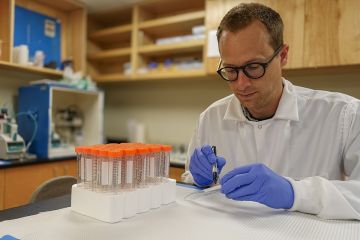Connecting Indigenous communities from Mexico and Canada
- Kyla Jardin
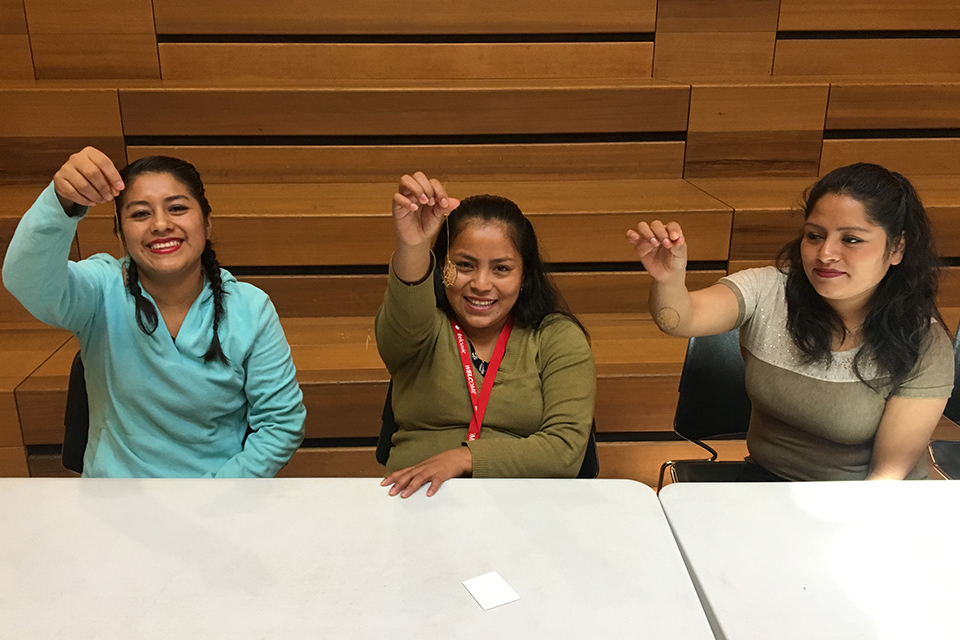
Cultural exchange is a core component of the program at UVic's English Language Centre. A simple request for "something more"—suggested by the Department of Education in the state of Veracruz, Mexico—created what has become an invaluable opportunity for Indigenous-international collaboration and dynamic learning at UVic.
The UVic English Language Centre (ELC) is entering its fourth year of collaboration with COVEICyDET, a government branch of education in the Mexican state of Veracruz on the southwestern coast of the Gulf of Mexico.
Thirty COVEICyDET students in four years
COVEICyDET supports projects focusing on scientific inquiry and technological advances. Each year, the program helps women from Indigenous communities who are preparing to enter a master’s degree program by sponsoring their language studies abroad.
Since 2016, the ELC at UVic has welcomed a total of 30 students through this transformative learning opportunity.
Enhancing the international student experience
Last September, when the (former) head of COVEICyDET’s division of technology, Godofredo Gonzalez, was preparing a new group of students to study at the ELC, he inquired about enhancing the experience of these students while they visited UVic.
Godofredo himself had visited UVic with previous program participants, so he already had a strong sense of UVic’s resourceful cultural and academic community. But for many of the scholarship students from Mexico, it would be their first time travelling internationally, and Godofredo was keen to maximize their experience at our university.
When Godofredo asked, 'What else can these women do at UVic?' sparks flew in my mind. The Division of Continuing Studies' leadership in Indigenous programming combined with the objectives for community engagement expressed in UVic’s Indigenous Plan (2017-2022) and International Plan (2017-2022) made it clear that we were in a position to collaborate with campus colleagues to offer a very special complement to the intensive English program these students would be attending.
—International Recruitment Coordinator Kyla Jardin, the ELC’s primary liaison with COVEICyDET
After a few phone calls, the international education department in UVic’s Division of Continuing Studies took the lead on program enhancements and worked with Carmen Rodriguez de France—an Indigenous education specialist at UVic who is originally from Monterrey, Mexico—to facilitate an arts-based workshop for the COVEICyDET group, exploring the history between Indigenous people of this region and the university.
Finding commonalities and differences in art
Rodriguez de France, an assistant professor in UVic’s Department of Indigenous Education, describes the impact of her experience facilitating workshops with this group during their four weeks of studying on campus.
As part of their activities, I led an arts-based tour of UVic where they learned about traditional and contemporary Indigenous artists while visiting various places on campus. The women were able to appreciate commonalities and differences between Indigenous art from Mexico and Canada in art forms and expressions but as significantly, we discussed the importance of having Indigenous people represented and present on campus as a demonstration of our shared responsibility to building better futures.
—UVic Assistant Professor Carmen Rodriguez de France, who organized the arts-based tour
Sharing meaning of the Anishinaabe dreamcatcher
Following the tour, another impactful point of engagement at UVic was a two-hour experiential workshop at First Peoples House. This workshop was facilitated by Kirsten Mikkelsen, a program coordinator for the Foundations of Indigenous Fine Arts (FIFA) and Certificate in Aboriginal Language Revitalization Certificate (CALR) offered by UVic’s Department of Linguistics and the Division of Continuing Studies in partnership with the En’owkin Centre.
During the workshop, it was wonderful to work in collaboration with the women from COVEICyDET sharing meaning of the Anishinaabe dreamcatcher, which comes from my lineage and people, while Hector Vazquez translated and the women engaged in creating dreamcatcher to bring home with them. Further critical discussion incurred around the impact of globalization, commercialization of Indigenous ways of knowing and arts through decolonizing interchanges. There was also much good spirited laughter as everyone engaged in this international collaborative Indigenous resurgent workshop.
—Kirsten Mikkelsen, a program coordinator in UVic’s Division of Continuing Studies who organized the workshop at First Peoples House
A visit to the museum led by a UVic alumna
Off campus, the COVEICyDET group visited the Royal BC Museum where Lucy Bell, Sdaahl Ḵ’awaas, a member of the Haida Nation—now the head of the museum’s First Nations Department and Repatriation Program, a UVic graduate (Indigenous Education) and a 2018 UVic Distinguished alumna—guided the COVEICyDET students through the Living Languages Exhibit and facilitated an Indigenous language revitalization workshop.
A Mexican PhD student from UVic, Hector Vazquez, provided translation for the group during the museum visit.
He noted a strong cultural connection and impact felt among the participants.
During our tour of the First Nations section of the museum, it was interesting that they shared their experiences about different objects that they saw, saying that some of them were really similar to objects that they have seen back home. At the end of the tour I had the chance to talk with some of them, and they all agreed that to attend UVic was a very significant experience in their lives. One of the most important ideas that they shared was that they have the chance to meet people from different countries and cultures.
—Hector Vazquez, UVic PhD student from Mexico
By adding an Indigenous dimension to the existing ELC program, COVEICyDET is another exciting example of vital impact, creative and collaborative programming, and community engagement at UVic.
Find out more
Photos
In this story
Keywords: international, Indigenous, languages and linguistics, Mexico, world cultures, partnerships, English Language Centre
People: Godofredo Gonzalez, Kyla Jardin, Carmen Rodriguez de France, Kirsten Mikkelsen, Hector Vazquez

